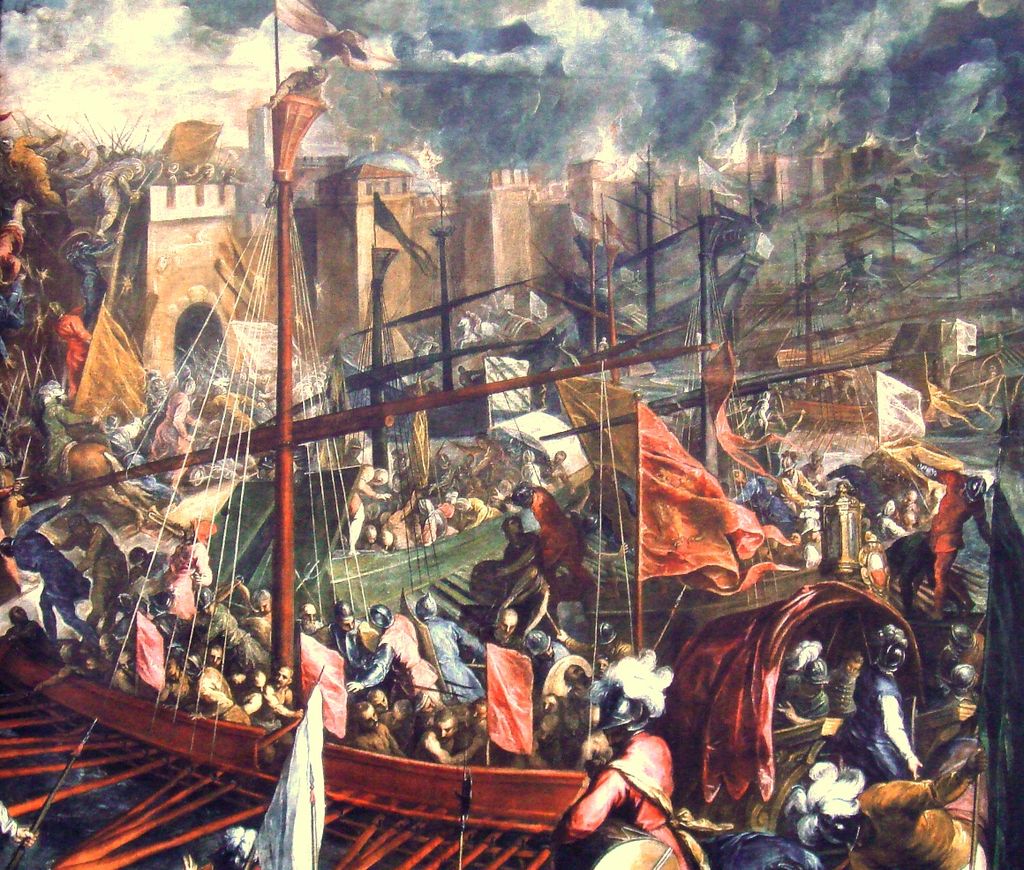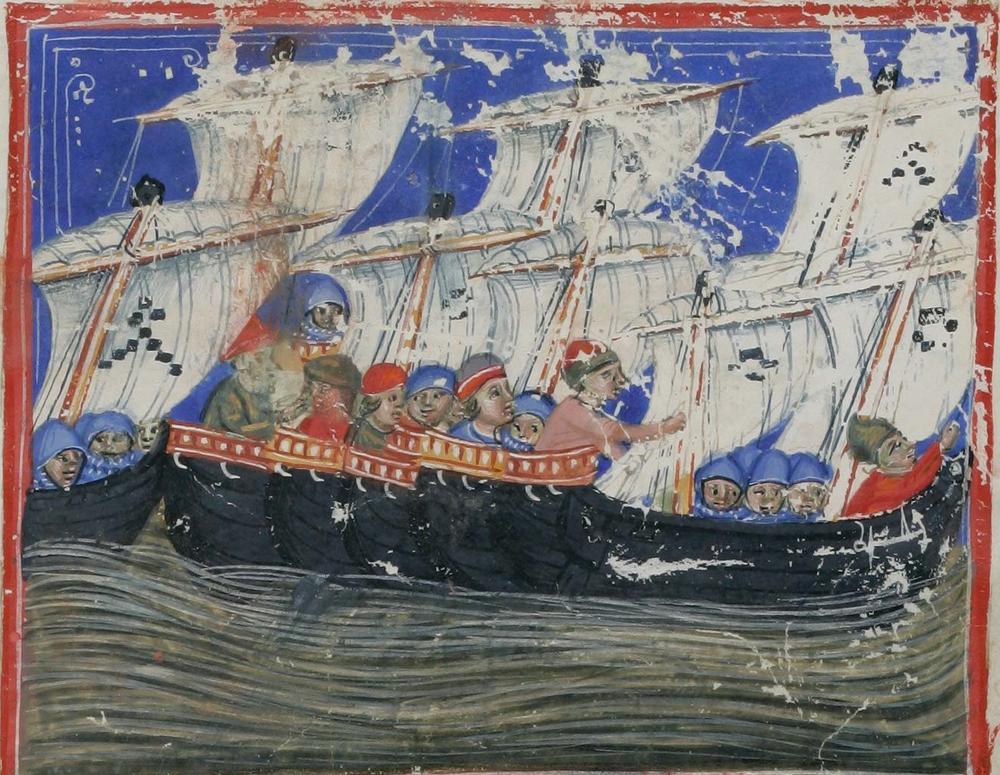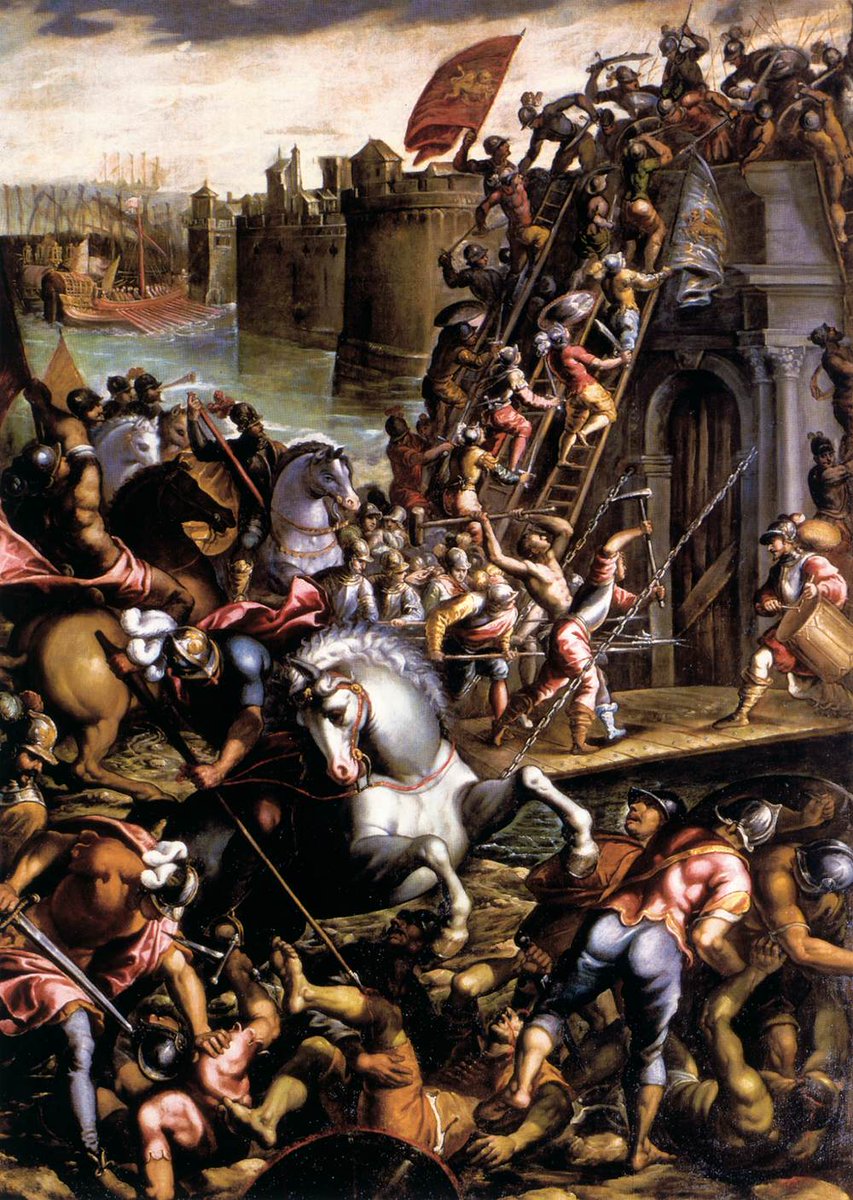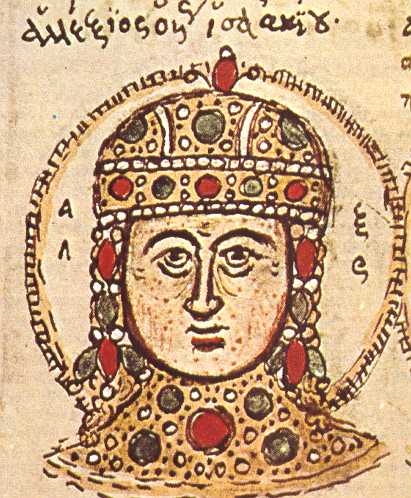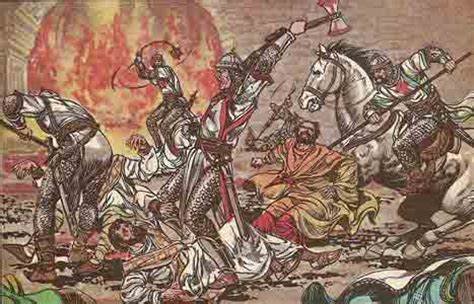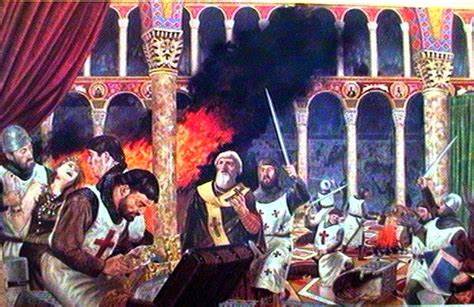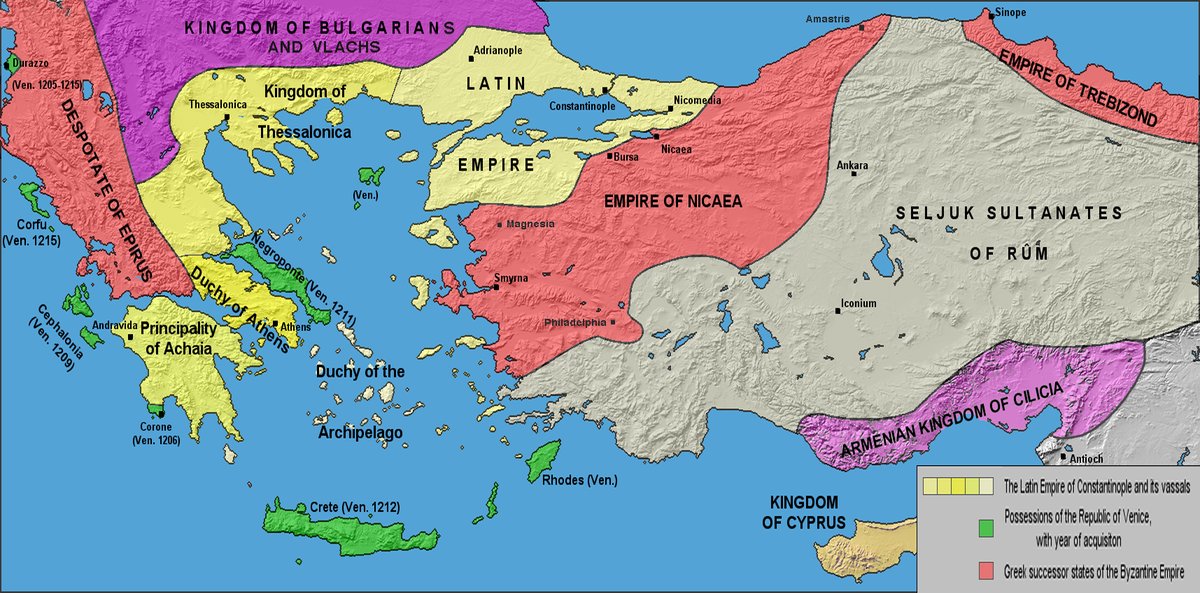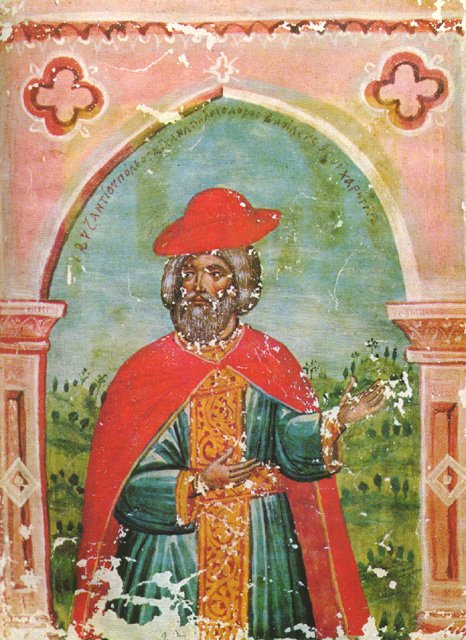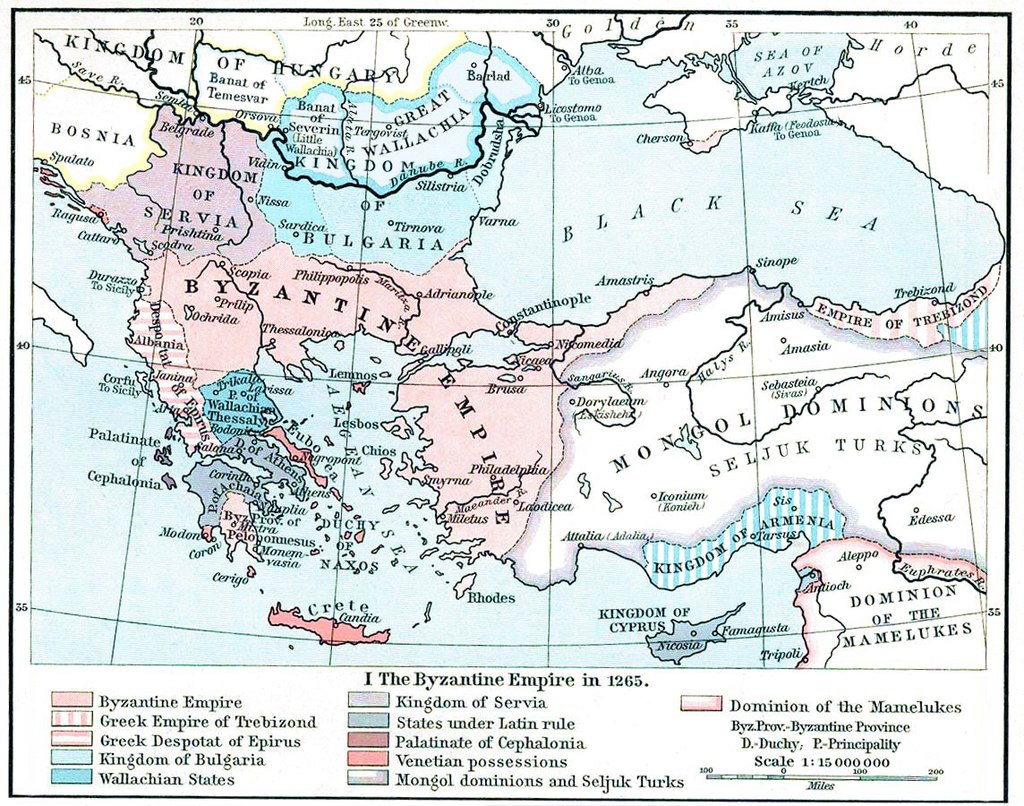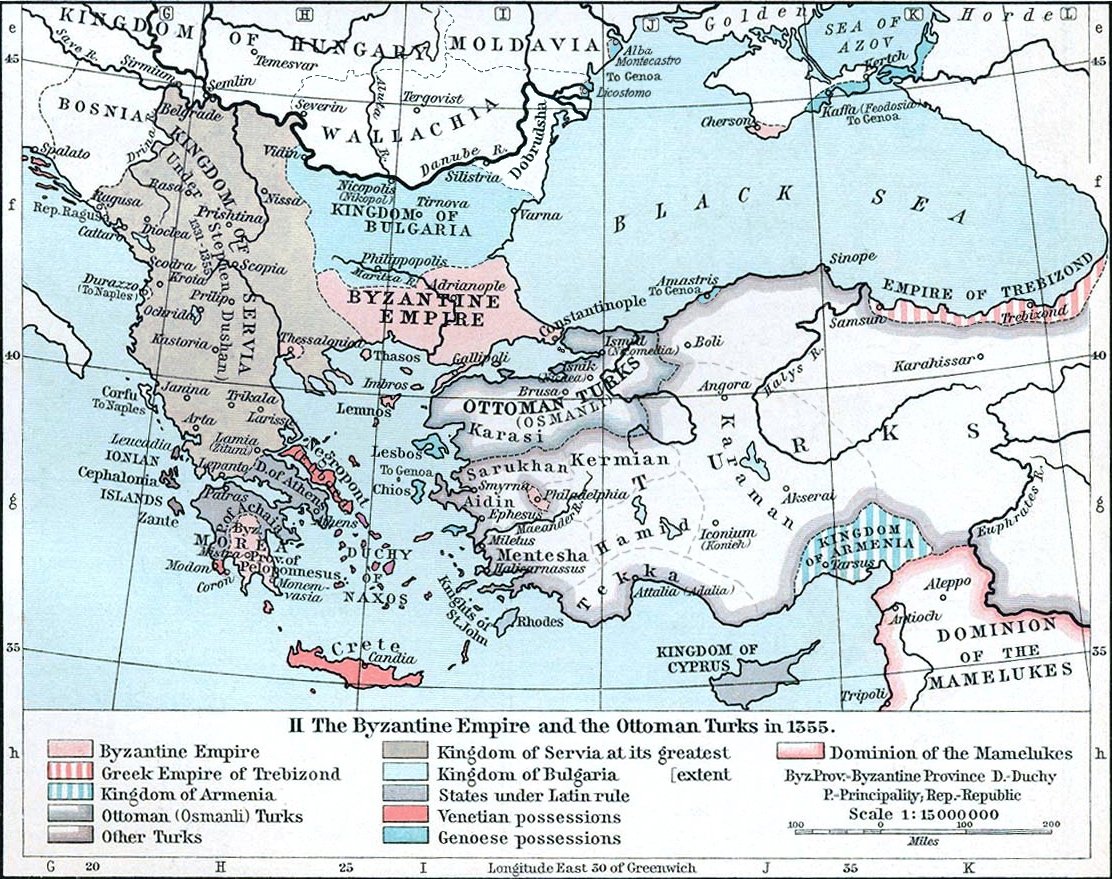Breaking the Byzantine System
The arc-of-history narrative cites two disasters in particular that both reflected and precipitated Byzantine decline: the Battle of Manzikert and the 4th Crusade.
The systems approach unambiguously fingers one: the 4th Crusade.
~BE https://twitter.com/Tweetistorian/status/1244425324605198336">https://twitter.com/Tweetisto...
The arc-of-history narrative cites two disasters in particular that both reflected and precipitated Byzantine decline: the Battle of Manzikert and the 4th Crusade.
The systems approach unambiguously fingers one: the 4th Crusade.
~BE https://twitter.com/Tweetistorian/status/1244425324605198336">https://twitter.com/Tweetisto...
The background to this tragedy is as convoluted as it is ridiculous. Knights organizing a crusade were unable to pay the agreed fare to the Venetians, who had built a very expensive fleet to transport them across the Mediterranean.
The Venetians, always alert to an opportunity for profit, dragooned the French knights into helping them gain spoils equal to what they owed. First they sacked the city of Zara, a rebellious Dalmatian vassal, then set sail for Constantinople accompanied by special passenger.
That passenger was Alexios Angelos, son of former emperor Isaac II, whose brother had usurped the throne. He promised vast sums to the Latins (as the Byzantines called all westerners) if they would him gain the throne—this would be more than enough to pay the Crusaders’ debt.
The expedition surrounded the city and got their man crowned Alexios IV, but the treasury was bare. The new emperor tried to squeeze enough gold from the people of Constantinople to pay the Crusaders, but they revolted and another Alexios took the throne as Alexios V.
The new emperor refused to pay another copper. Enraged, the Latins laid siege to Constantinople and brutally sacked it. Women were raped, churches and palaces were looted, residents were tortured to reveal their wealth, and much of the city consumed by fire.
The Crusaders and Venetians agreed to divide Constantinople and the rest imperial territory, then set about seizing their claims. The Franks got the majority of the land, which they ruled as a feudal kingdom, while the Venetians got most of the seaports and islands.
Much of the Byzantine army and aristocracy meanwhile escaped the city and scattered across the empire. Various nobles claiming the imperial succession set themselves up in Nicaea, Epirus (NW Greece/S Albania), and Trebizond (NE Anatolia).
Nicaea was the most successful of these, gradually gaining territory until 1261, when it retook Constantinople itself. Emperor Michael VIII led a brief reflowering in which Byzantium recovered much of its lost territory.
But the situation remained grim.
But the situation remained grim.
The 4th Crusade and its aftermath were completely disastrous for obvious reasons: 57 years of Latin rule, impoverishment of the empire, permanent loss of some territory. Byzantium was a shriveled husk within 100 years of Constantinople’s recovery & completely gone within 200.
In purely material losses, the Fourth Crusade was no worse than other disasters Byzantium suffered. But by breaking the Byzantine system—the very way in which the empire functioned—it proved fatal.
In a bit, we will look at just how this happened.
~BE
#Twittistorians
In a bit, we will look at just how this happened.
~BE
#Twittistorians

 Read on Twitter
Read on Twitter